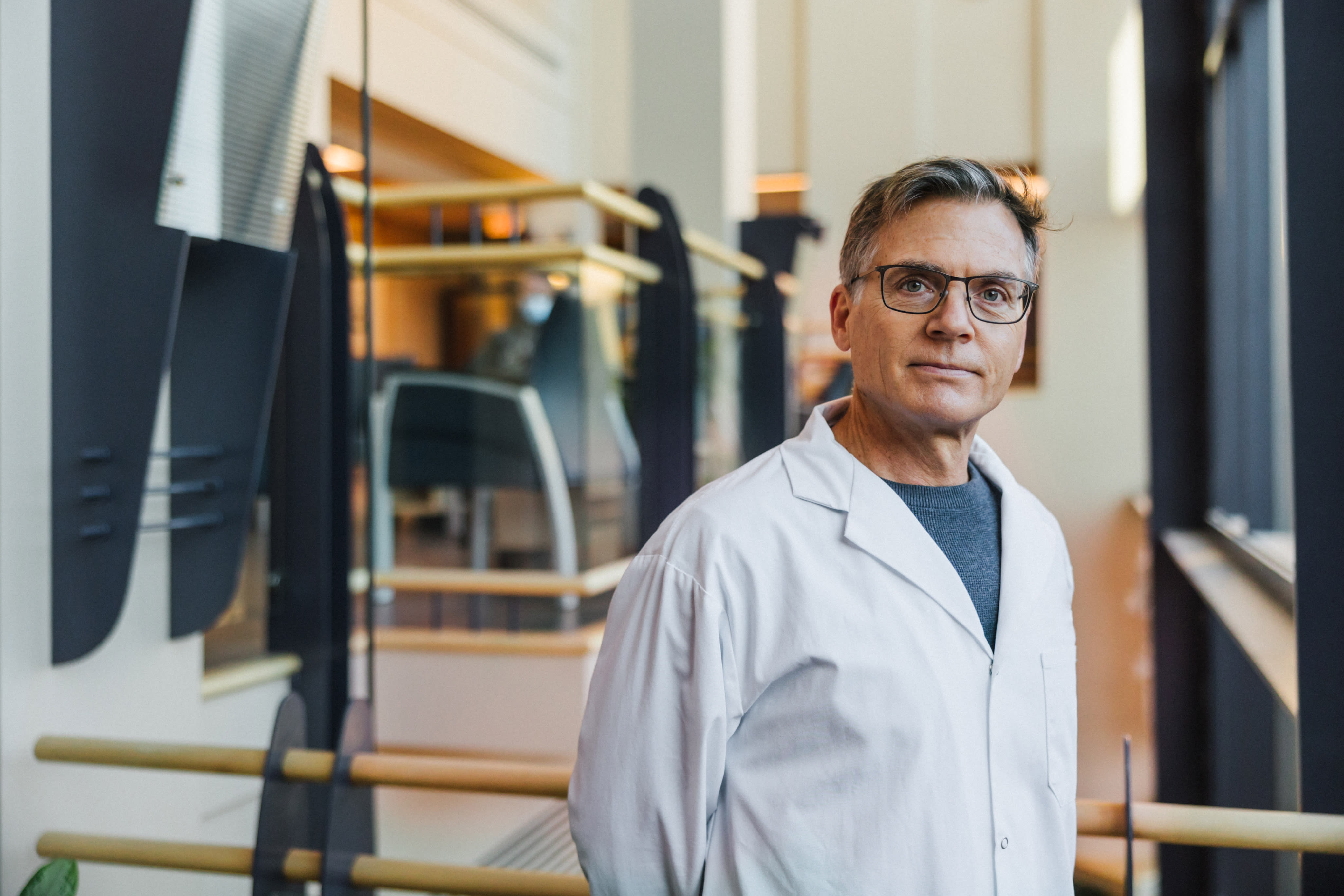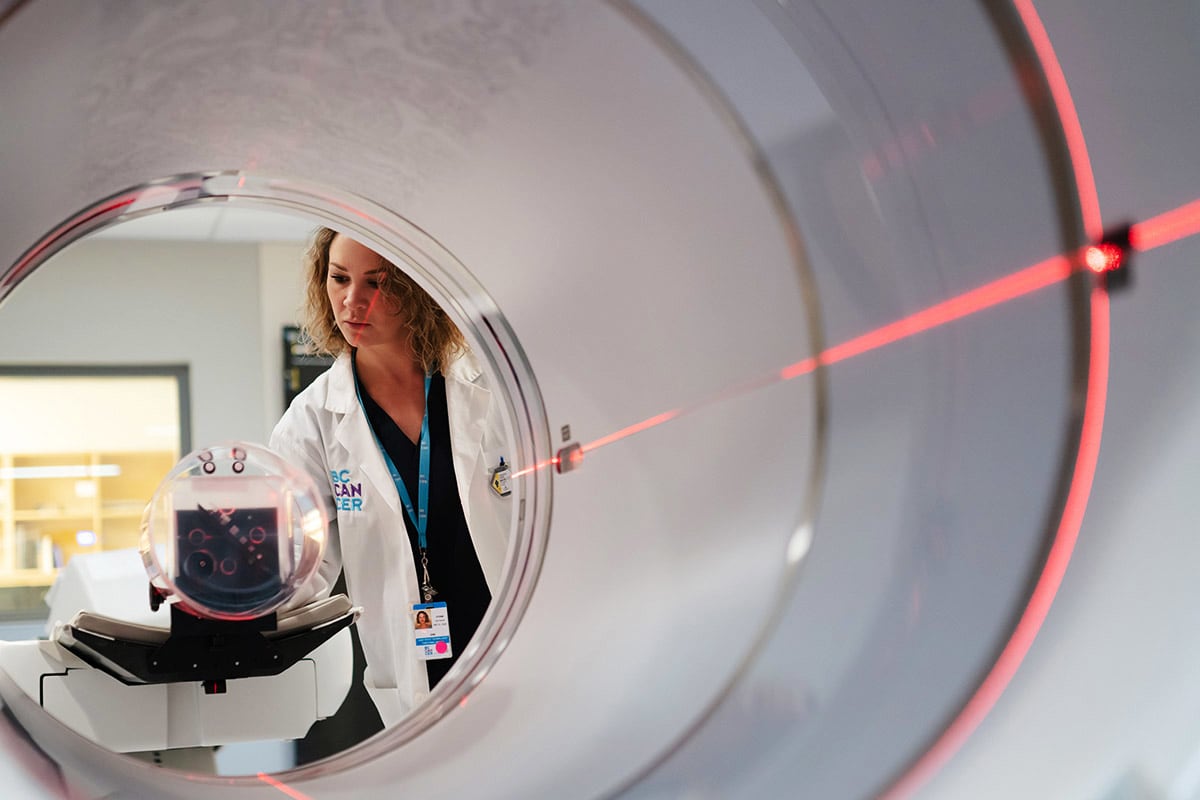Biobanks: Critical to Progress in Cancer Research
May 27, 2014
This week I would like to talk about biobanks and tell you a little more about how they work.
Biobanks operate by coordinating a process to approach patients to ask them to give their consent to access their tissues and health information. Tissues are removed in the course of medical procedures to diagnose and treat cancer and a portion of these tissues are often left over after completion of diagnosis by a pathologist.
With permission from each patient, these tissues can be collected by the biobank, processed, stored, linked to health information obtained from the patient’s record, and made available to qualified researchers and projects.
All these steps mean that biobanking is complicated to do well. Biobanking is also difficult for traditional research funding agencies to measure and support because the effort that goes into biobanking often only brings a ‘reward’ or ‘value’ years later. Many research questions depend on the availability of tissues associated with the treatment and response of a patient’s tumour and long-term outcomes. Tissues banked today are critical for research 10-20 years later that creates new therapies. The generosity of BC Cancer Foundation donors allows us to maintain biobanks that are critical for us to continue to make progress in cancer research.
The PREDICT (Personal REsponse Determinants in Cancer Therapy) biobank is a good example. Launching and maintaining PREDICT would not have been possible without the generosity of donors to the BC Cancer Foundation including Frank J. Garnett and family. An innovative first-in-Canada research program, PREDICT was launched at the BC Cancer Agency Vancouver Island Centre in 2005 and has now expanded to the Sindi Ahluwalia Hawkins Centre for the Southern Interior.
PREDICT has collected more than 10,000 blood samples from cancer patients who have also generously given their permission to be contacted about future research. The PREDICT program supports research into how a patient’s immune system could be enhanced to help them cope with or respond to cancer treatment better. But PREDICT is also an important resource for researchers working on better ways to provide patients with information and assistance to navigate care through using the permission to contact.
A key accomplishment of PREDICT is that more than 50% of our patients have now become partners in our research. PREDICT has also supported more than 15 qualified researchers and projects and has trained more than 10 trainee interns for careers in health and cancer care.
Stay tuned – in my final post, I will share more about another biobank, the BC Cancer Agency’s Tumour Tissue Repository.
Peter


